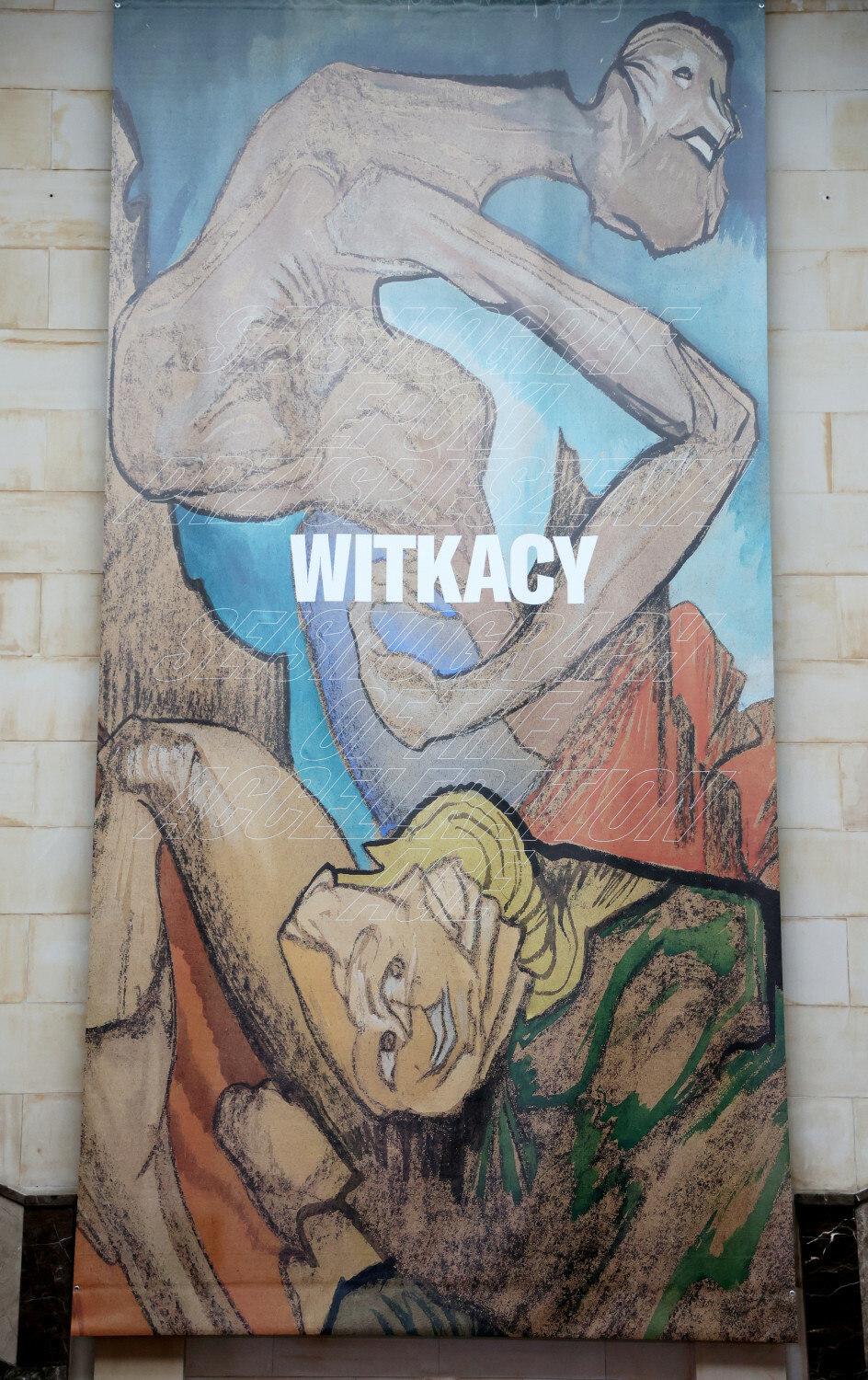The National Museum in Warsaw has officially opened the exhibition ‘Witkacy. Seismograph of the Age of Acceleration’. The exhibition proposes a new interpretation of the works of Stanisław Ignacy Witkiewicz (1885-1939), one of the most outstanding artists of the first half of the 20th century.
The exhibition, which marks the 160th anniversary of the National Museum in Warsaw, offers a new look at Witkacy’s artistic oeuvre by setting his works in 20th-century and contemporary theoretical contexts.
“Today we are participating in an extremely important event – the opening of the exhibition constituting another part of the celebrations of the 160th anniversary of the National Museum in Warsaw. This time the Museum takes the public on a journey whose leitmotif is the work of Stanisław Ignacy Witkiewicz, with the aim of rediscovering it,” wrote Deputy Prime Minister and Minister of Culture and National Heritage Piotr Gliński in a letter read out by Deputy Minister Jarosław Sellin.
The exhibition presents a wide range of media and artistic strategies used by Witkacy. Visitors can see almost 500 works including paintings, drawings, pastels and photographs – from the National Museum’s own collection and from numerous museums and institutions in Poland, as well as rarely presented works from private collections. The exhibition also contains video footage and archival material introducing the artist’s life and work.
Witkiewicz’s artistic achievements demonstrate a deep affinity with artistic phenomena of key importance to European culture of the interwar period. New meanings and hitherto unknown aspects of Witkacy’s works are brought out by juxtaposing them with selected examples of works by the most important representatives of modern art. Witkacy’s works are accompanied by works by his contemporaries, such as Vasili Kandinsky, Max Ernst, Rudolf Schlichter, Umberto Boccioni and Marcel Duchamp.
Arkadiusz Słomczyński





